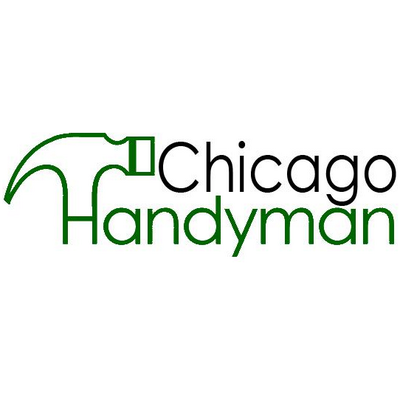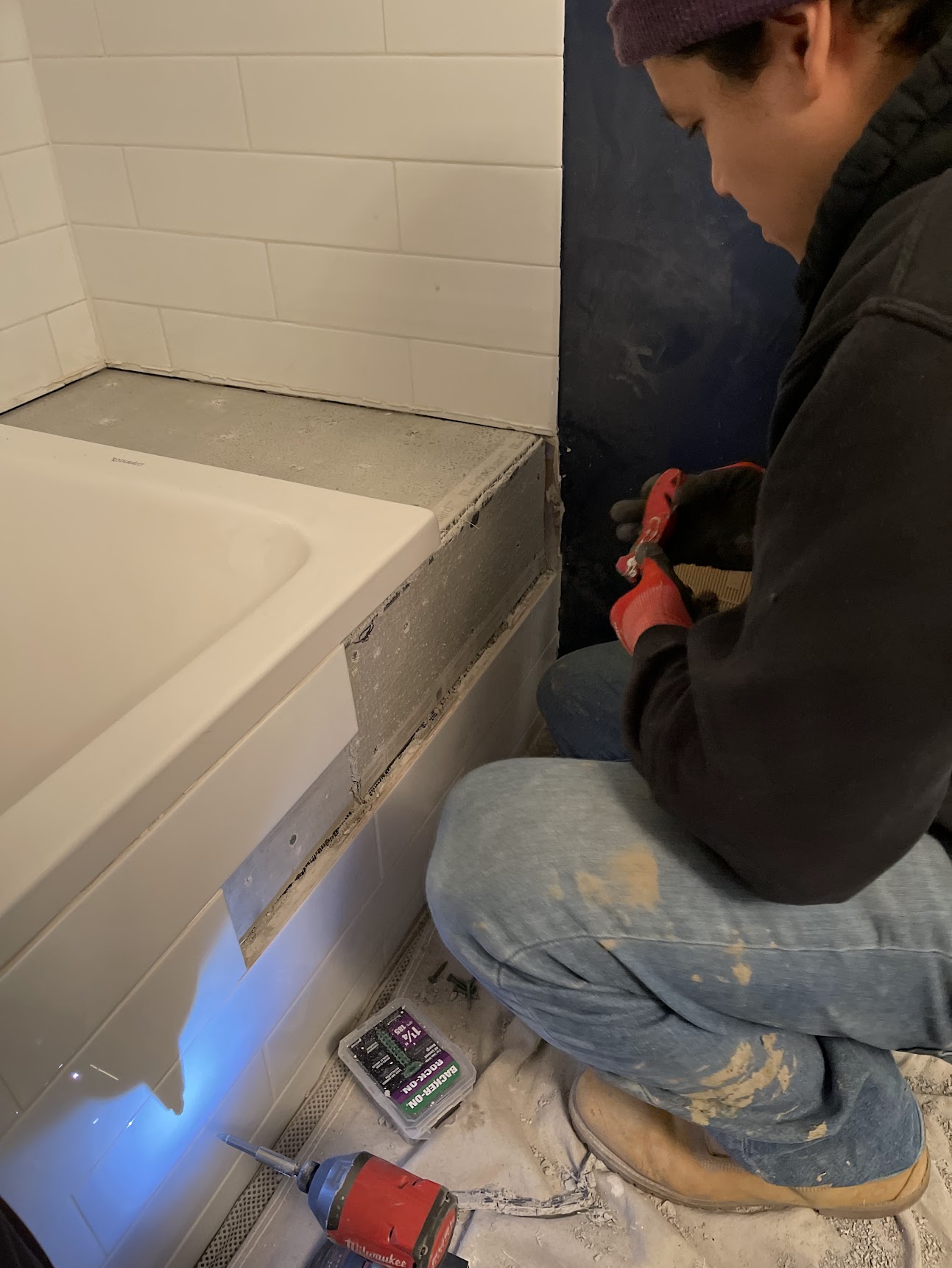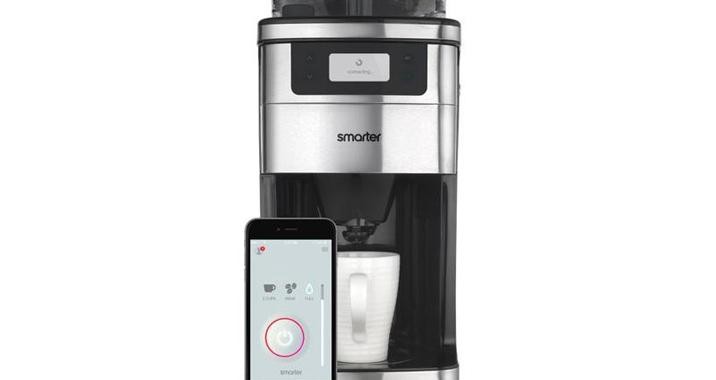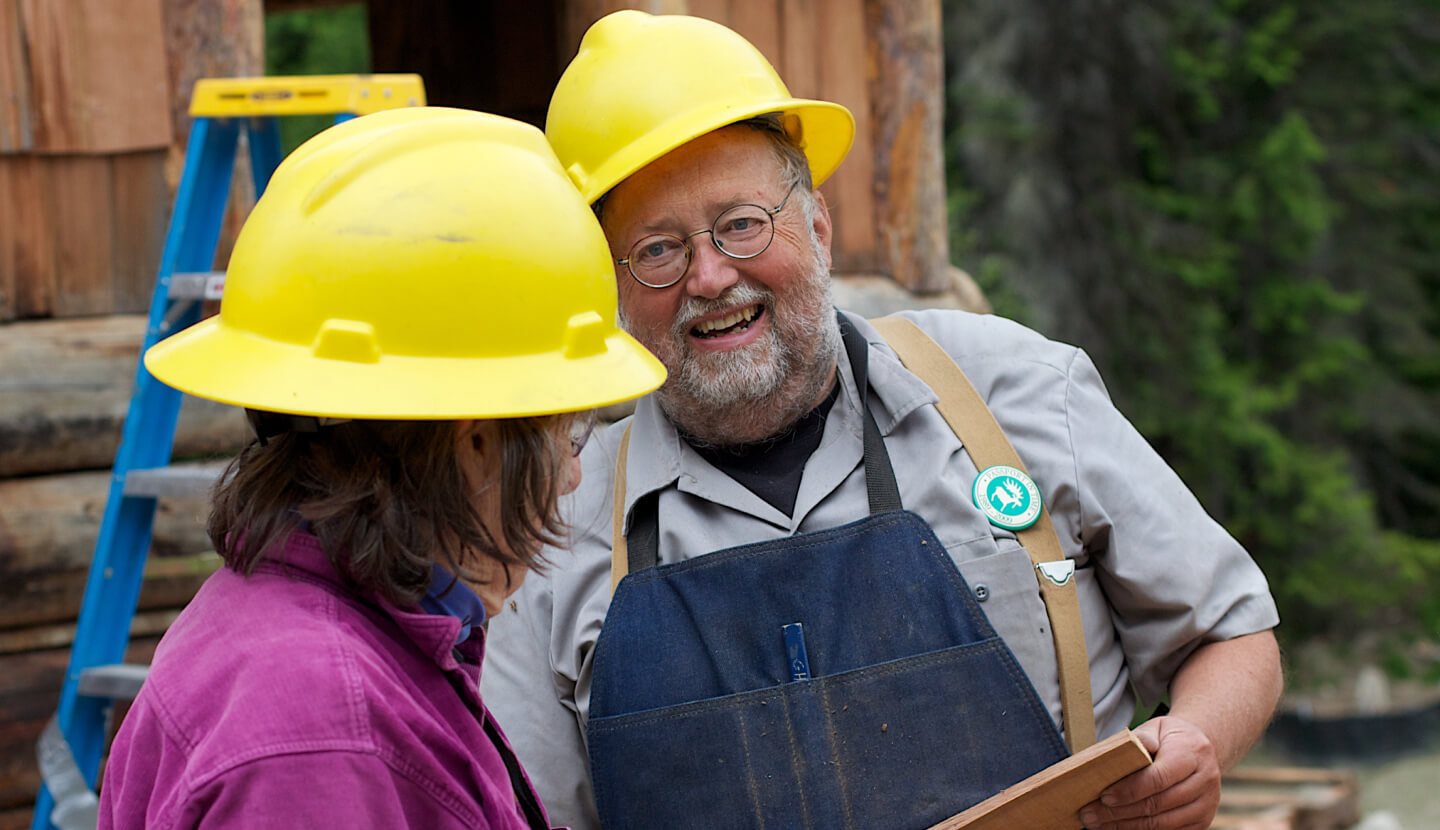
Tile
-
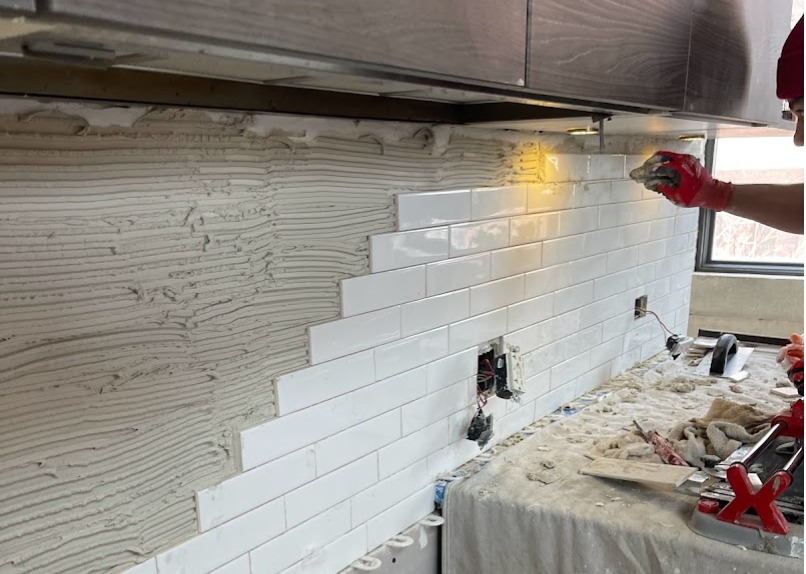
Can you tile over drywall? Quick guide for DIY
Thinking about sprucing up your home with some new tile? You might be wondering if…
-

Bathroom Tile Installation
Bathroom Tile Installation in Chicago: A Close Call That Revealed Hidden Damage It all started…



